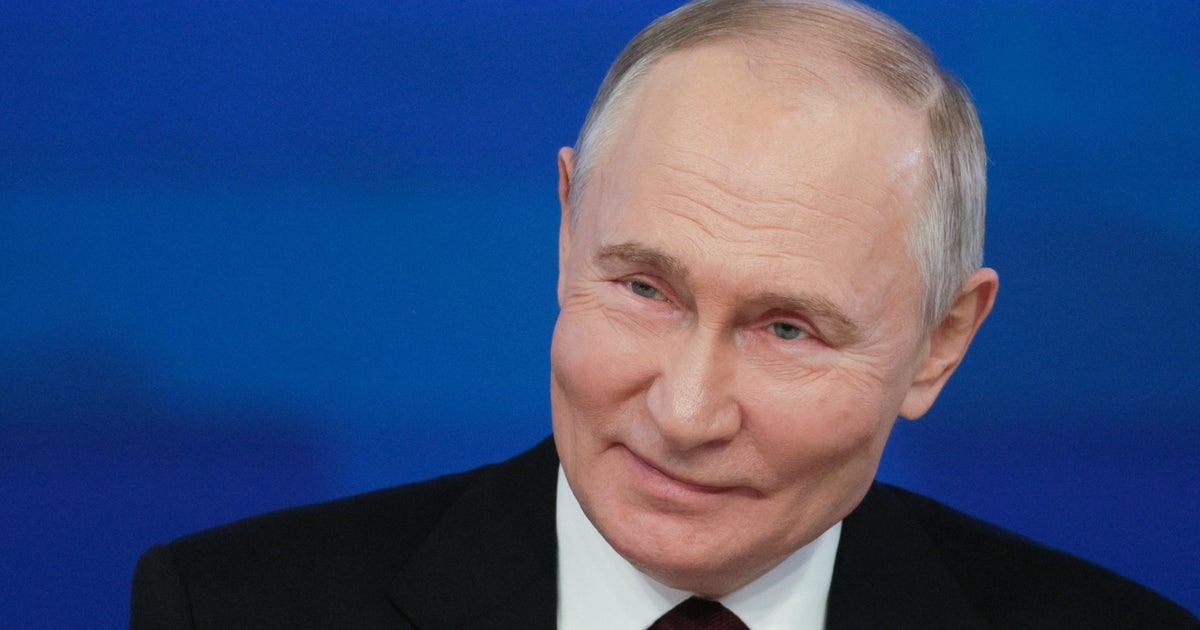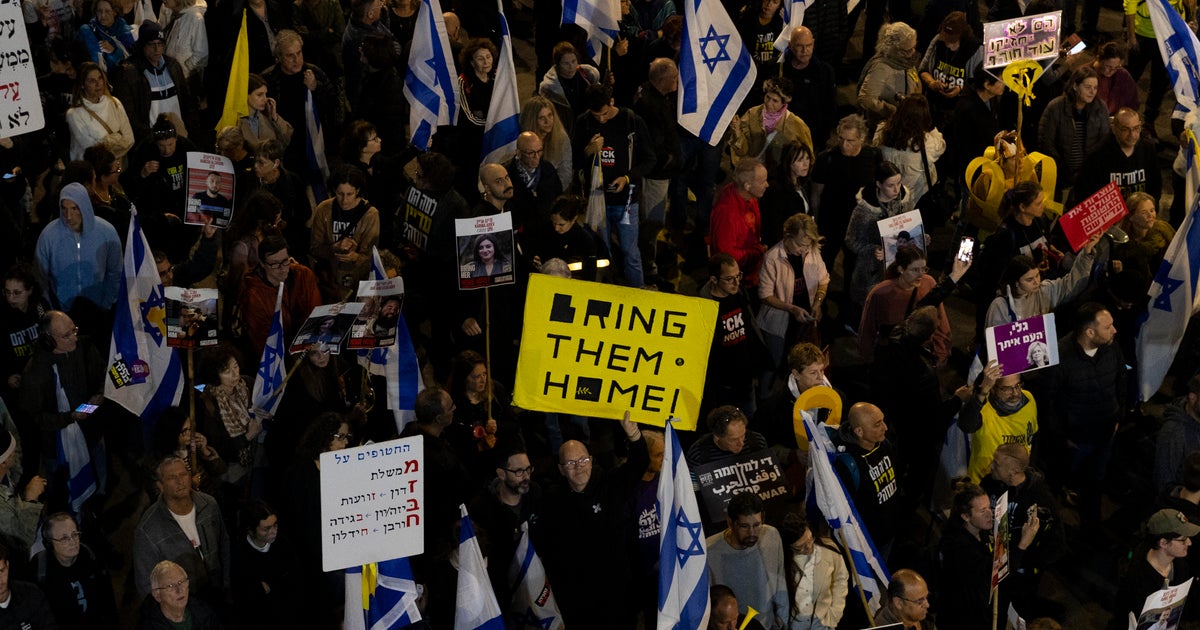Russia replaces military commander in Ukraine again — after just 3 months
Russia has again replaced its military commander in Ukraine, putting army chief Valery Gerasimov in charge of its forces in the conflict, the defense ministry said Wednesday.
"Army General Valery Gerasimov, Chief of the General Staff of the Russian armed forces, has been appointed Commander of the Joint Grouping of Troops (Forces)," the ministry said.
Sergei Surovikin, the commander of Russia's forces in Ukraine for the past three months, will become Gerasimov's deputy, the ministry said. Surovikin, lionized by Russia's pro-Kremlin press as "General Armageddon," had previously been the commander of Russia's Air Force.
Meanwhile, Ukrainian presidential adviser Mykhaylo Podolyak said Wednesday that Ukraine will be able to win the war in 2023 if it receives more Western weapons, particularly long-range missiles and heavy tanks.
Otherwise, the war will grind on "for decades," Podolyak told AFP, pointing out that the "bloodiest" fighting was currently taking place in eastern Ukraine in Bakhmut and Soledar.
"Only missiles with a range of more than 100 kilometers will allow us to significantly accelerate the de-occupation of our territories," he told AFP in an interview.
The United States last year supplied Ukraine with missile systems with a range of around 80 kilometers that were credited with turning the tide of the conflict in Kyiv's favor on several fronts.
When HIMARS (an acronym which stands for High Mobility Artillery Rocket System) showed up in Ukraine, it changed the face of battle.
"This capability has given the Ukrainians the potential to completely change the momentum and the direction of this war," retired Lt. Gen. Ben Hodges, former commander of the U.S. Army in Europe, told CBS News.
He said HIMARS, which fires a 200-pound warhead up to 50 miles and hits within 10 feet of its intended target, has virtually eliminated Russia's numerical advantage.
Kyiv has also recently received similar French systems.
But it is putting pressure on Washington to deliver US ATACMS missiles, which boast a range of around 300 kilometers.
These systems would allow Ukrainian forces to target Russian arms depots deep inside Ukrainian territory controlled by Moscow but currently out of range of the weapons in Kyiv's arsenal.
Ukraine could "destroy all Russian military infrastructure in occupied territories, including in Donbas" in east Ukraine and in Crimea, the Black Sea peninsula annexed by Moscow in 2014, said Podolyak.
But the United States have been hesitant to offer long-range missile capacities to Ukraine, fearing an escalation that would pit the United States more directly against Russia.
"We will not attack Russia," the senior advisor said. "We are waging an exclusively defensive war."
Europe and the United States may soon speed up deliveries because they understand these supplies are key to "limit this war to the occupied territories" and end it, he added.
Ukraine also needed armour, in particular heavy tanks, such as German Leopards and artillery, said Podolyak.
"France is already delivering light tanks to us. That's very good. But we still want to get 250 to 300 to 350 heavy tanks," he added.
Polish President Andrzej Duda announced later that Poland was ready to send Leopard tanks to Ukraine that Kyiv requested, but as part of an international coalition.
Kyiv's other priority needs are more 155-millimetre calibre shells, combat drones capable of carrying out deep attacks inside occupied territories and anti-aircraft systems -- including German Cheetah anti-aircraft armoured vehicles, said Podolyak.
New anti-aircraft defence systems, like US Patriots or the French Crotale will soon be able to neutralise the threat posed by Russian bombing campaigns against Ukrainian energy installations, he said.
"We will be able to close our skies in the space of a month," he said.
Ukraine would soon be able to shoot down 95% of missiles fired by Russia, instead of 75% currently, he said.
Meanwhile the "bloodiest" scenes are happening in Bakhmut, an urban hub in the eastern Donbas region that Russia has been trying to seize for months, as well as in the neighbouring town of Soledar.
Podolyak said Russia had deployed its best army units as well as the Wagner fighting group for the battle.
"There's a lot of blood, a lot of artillery duelling, a lot of close contact fighting, especially today in Soledar," Podolyak added.
He described the area as the "hottest spot in the war" and talked of "extraordinary" losses on both sides.
Unlike previous urban battles in Ukraine, few civilians remain near the embattled towns of Bakhmut and Soledar.
The siege of the port city of Mariupol in the first months of the war cost thousands of Ukrainian lives, Kyiv has said.
"If in Mariupol 90% of deaths were civilians, in Soledar and Bakhmut it's soldiers," he said.
On Wednesday, paramilitary group Wagner claimed to control Soledar, but the Russian defence ministry quickly poured water over the claim.
Its fall would mark Russia's first significant territorial gains in Ukraine in months.
But even a victory there would "not make any sense" strategically for Russia, Podolyak said.
"For us, it's a bridgehead to advance towards Donetsk," Podolyak said, referring to the main city and pro-Russian separatist stronghold in the eponymous Donetsk region of eastern Ukraine.
"But for the Russians, there is no strategic goal. It is an open space, and our positions are more advantageous," Podolyak said.
"We see a completely irresponsible attitude — to put it mildly — from the Russian elite towards their own military personnel, who are dying there by the thousands," Podolyak said.




